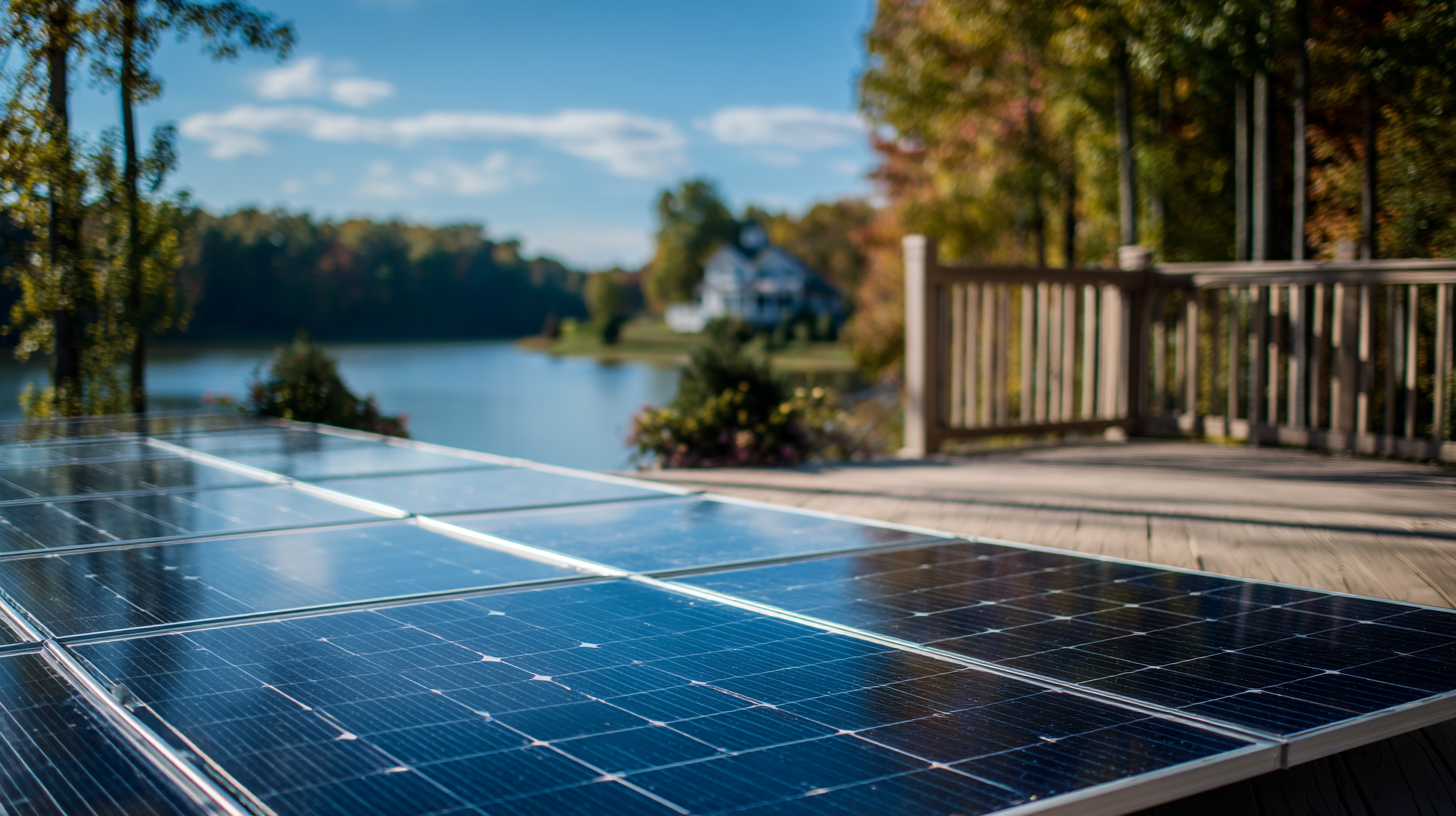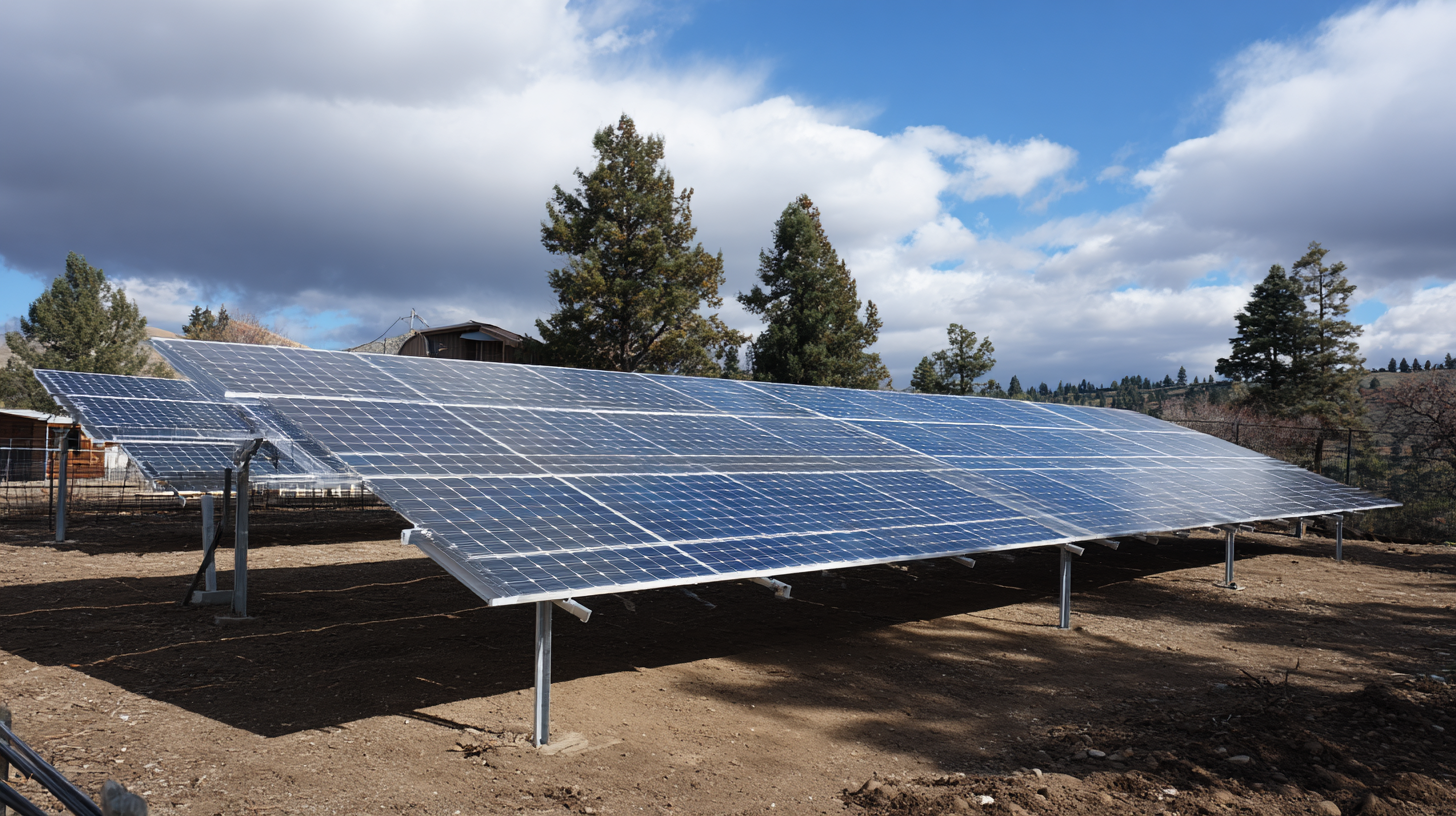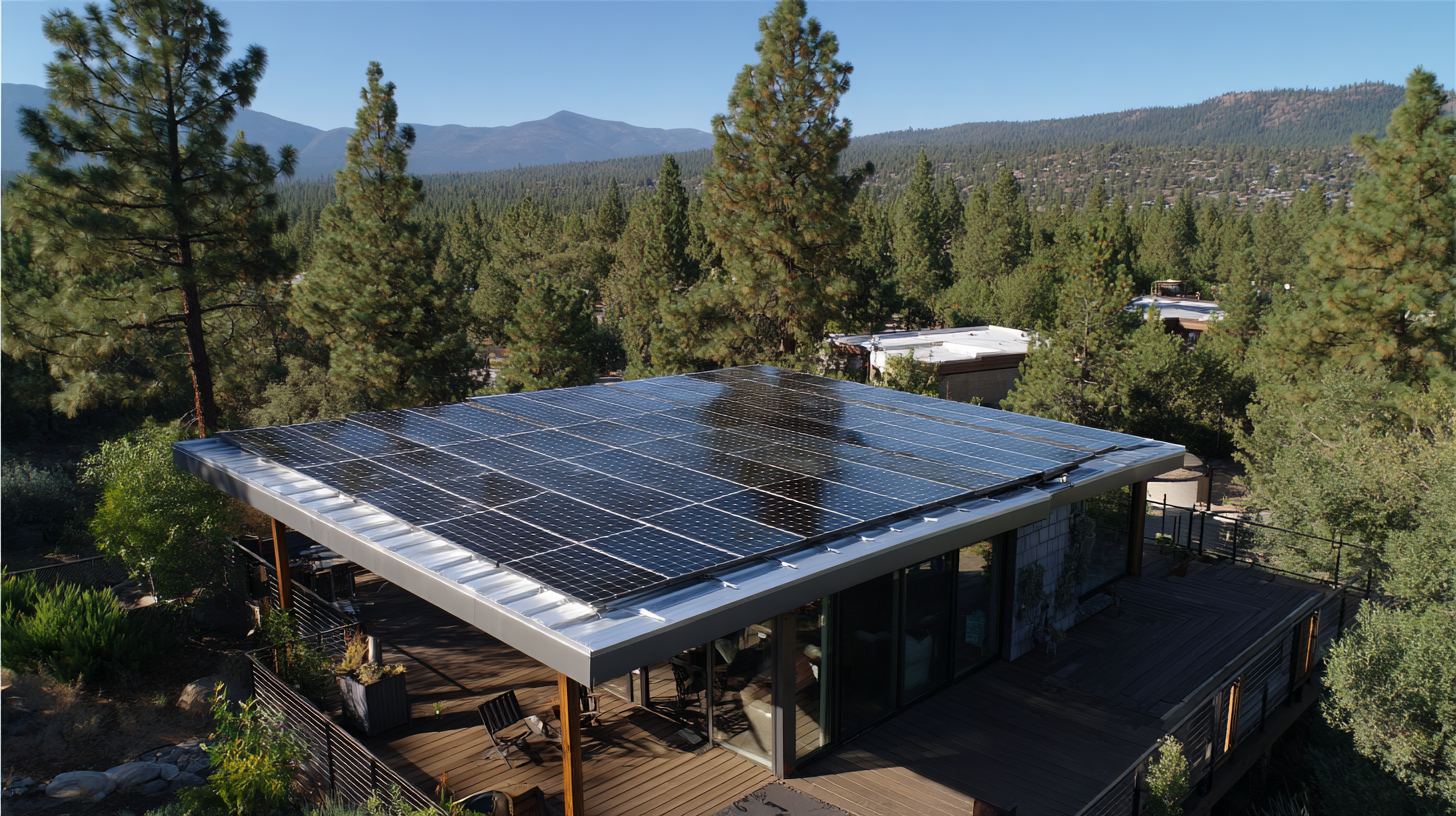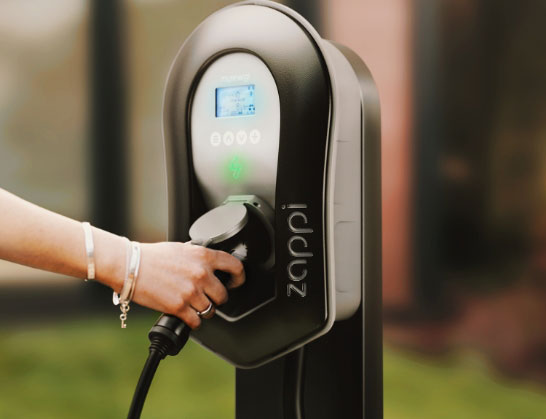Exploring Best Solar Installation Cost Trends for 2025 and How to Optimize Your Investments
As the solar energy market continues to evolve, understanding the trends in solar installation cost is crucial for investors looking to optimize their returns. According to the latest report from the U.S. Solar Market Insight, the average cost of solar installation in 2022 was approximately $2.70 per watt, reflecting a significant drop of 50% over the past decade. However, projections for 2025 indicate a potential stabilization of prices due to material shortages and fluctuating demand. By exploring these trends and leveraging strategic investment strategies, stakeholders can better navigate the complexities of the solar market. It is essential to analyze the cost factors influencing solar installations, such as technology advancements and government incentives, to ensure that investments not only align with budgetary expectations but also contribute to long-term sustainability objectives. In this blog, we will delve into the anticipated solar installation cost trends for 2025 and provide actionable insights to optimize your investments in renewable energy.

Emerging Solar Installation Cost Trends to Watch for in 2025
As we move closer to 2025, emerging trends in solar installation costs are crucial for stakeholders aiming to optimize their investments. The U.S. solar industry is poised to add approximately 63 gigawatts (GW) of new utility-scale electric-generating capacity in 2025. Despite the significant potential, recent reports indicate a slight downturn, with the industry installing 10.8 gigawatts of direct current capacity in the first quarter of 2025—a 7% decline compared to the previous year. This fluctuation highlights the importance of closely monitoring cost trends and their implications for investment strategies.
Countries like Kenya are also witnessing a surge in demand for solar installation services as global attention shifts toward sustainable energy solutions. This trend is not isolated, as the global market for perovskite photovoltaic technologies is projected to expand significantly, with expected annual installations reaching 85 GW by 2035. Investors are encouraged to stay informed about these advancements in technology alongside regional market dynamics, which can vastly influence installation costs and scalability in various markets. By understanding these trends, stakeholders can navigate the evolving landscape effectively and capitalize on emerging opportunities in solar energy.
Exploring Best Solar Installation Cost Trends for 2025
This chart illustrates the projected solar installation costs per watt (in USD) from 2023 to 2025, highlighting the cost trends and helping investors optimize their solar investments.
Key Factors Influencing Solar Installation Pricing in the Coming Years
As we look towards 2025, understanding the factors influencing solar installation pricing becomes essential for optimizing investments. Recent market analysis suggests that the global power inverter market is anticipated to soar from $46.57 billion in 2023 to an impressive $209.74 billion by 2032, reflecting a robust compound annual growth rate (CAGR) of 18.62% from 2024 to 2032. This rapid growth indicates that advancements in technology and increased adoption of solar solutions are key drivers behind the rising costs of installations.
The residential solar market mirrors this trend with a projected increase from $4.25 billion in 2024 to $12.13 billion by 2032, achieving a CAGR of 14.0%. Several key factors contribute to these pricing trends, including the cost of solar panels, inverter technology improvements, and governmental incentives. To navigate this evolving market landscape, homeowners and investors should consider the following tips: invest in high-efficiency solar products that could trump market fluctuations and stay informed about local and state incentives to maximize return on investment.
Additionally, understanding regional market dynamics can influence installation costs greatly. Engaging with certified solar professionals and conducting thorough market research can make a considerable difference in achieving affordable yet high-quality solar solutions, positioning investors for long-term savings and sustainability.
Exploring Best Solar Installation Cost Trends for 2025
| Year | Average Installation Cost ($/kW) | Incentives (Tax Credits %) | Panel Efficiency (%) | Market Growth Rate (%) | Installation Time (days) |
|---|---|---|---|---|---|
| 2023 | $3.00 | 26% | 20% | 15% | 10 |
| 2024 | $2.80 | 25% | 21% | 12% | 9 |
| 2025 | $2.60 | 24% | 22% | 10% | 8 |
| 2026 | $2.40 | 22% | 23% | 8% | 7 |
| 2027 | $2.20 | 20% | 24% | 5% | 6 |
Strategies for Maximizing Your Solar Investment Returns
As we approach 2025, understanding the strategies for maximizing returns on solar investments becomes crucial for homeowners and businesses alike. First and foremost, conducting thorough research on solar installation companies can significantly impact the overall investment return. Look for providers that offer comprehensive warranties, high-efficiency panels, and positive customer reviews. Prioritizing quality over cost can lead to higher energy savings and better performance over the system's lifespan.
Another vital strategy involves leveraging available incentives and financing options. Federal tax credits, state rebates, and utility incentives can reduce the upfront costs of solar installation. Exploring financing models like Power Purchase Agreements (PPAs) or solar loans can also enhance cash flow management, allowing for more flexibility in payments while reaping the benefits of solar energy savings. By optimizing these financial components, investors can ensure that their solar projects remain financially viable and yield substantial returns as energy prices continue to rise.

Comparative Analysis: Global Solar Manufacturing vs. Local Production Costs
In recent years, the solar industry has experienced significant shifts in manufacturing dynamics, prompting a thorough comparative analysis of global solar manufacturing versus local production costs. As countries strive for energy independence and sustainability, many are investing in local production capabilities. This movement not only aims to reduce dependence on imported solar panels but also seeks to create jobs and stimulate local economies. However, the cost implications of establishing these domestic manufacturing facilities can vary greatly based on factors like labor, materials, and government incentives.
On the global stage, solar manufacturing has seen competitive pricing driven by advances in technology and economies of scale, particularly in countries like China and India. These nations boast lower production costs due to streamlined manufacturing processes and abundant labor forces. Nevertheless, fluctuating transportation costs and international tariffs can impact the overall pricing for imported solar products. As solar installation costs are expected to evolve by 2025, stakeholders must weigh the benefits of local production against potential savings from global suppliers. A strategic approach could involve blending both models, ensuring energy investments are not only financially sound but also contribute positively to local economies and sustainability goals.
Understanding Policy Impacts on Solar Energy Costs and Investments in 2025
As we approach 2025, understanding the policy impacts on solar energy costs and investments is paramount for both homeowners and investors looking to maximize their returns. Governments worldwide are increasingly rolling out incentives aimed at boosting renewable energy adoption. These incentives, including tax credits and grants, significantly lower the initial investment needed for solar installations, making it a more attractive option for many. Policymakers are also focusing on decreasing tariffs on imported solar equipment, which directly affects the overall cost structures of solar projects.

Moreover, favorable regulations are likely to emerge, promoting community solar initiatives and enhancing net metering policies. Such measures not only encourage wider participation in the solar market but also stabilize long-term energy costs for consumers. Staying informed about these evolving policies will enable investors to make educated decisions regarding their solar investments. As the landscape shifts, those who can anticipate policy changes will be better positioned to optimize their energy strategies and capitalize on the cost-saving potential of solar energy in 2025 and beyond.


